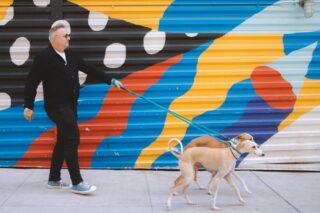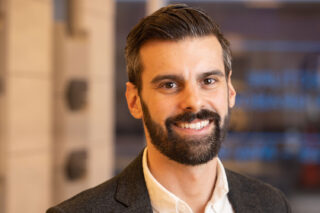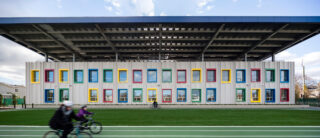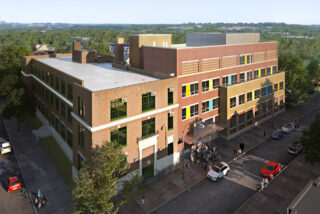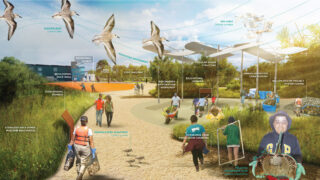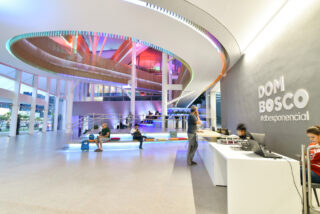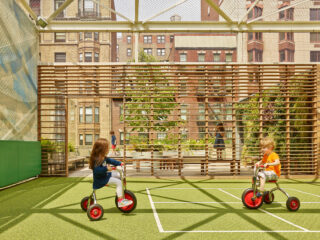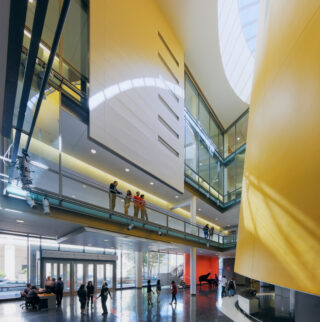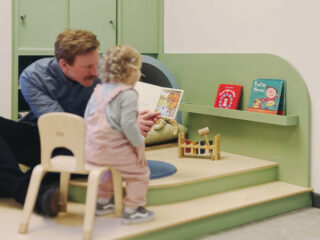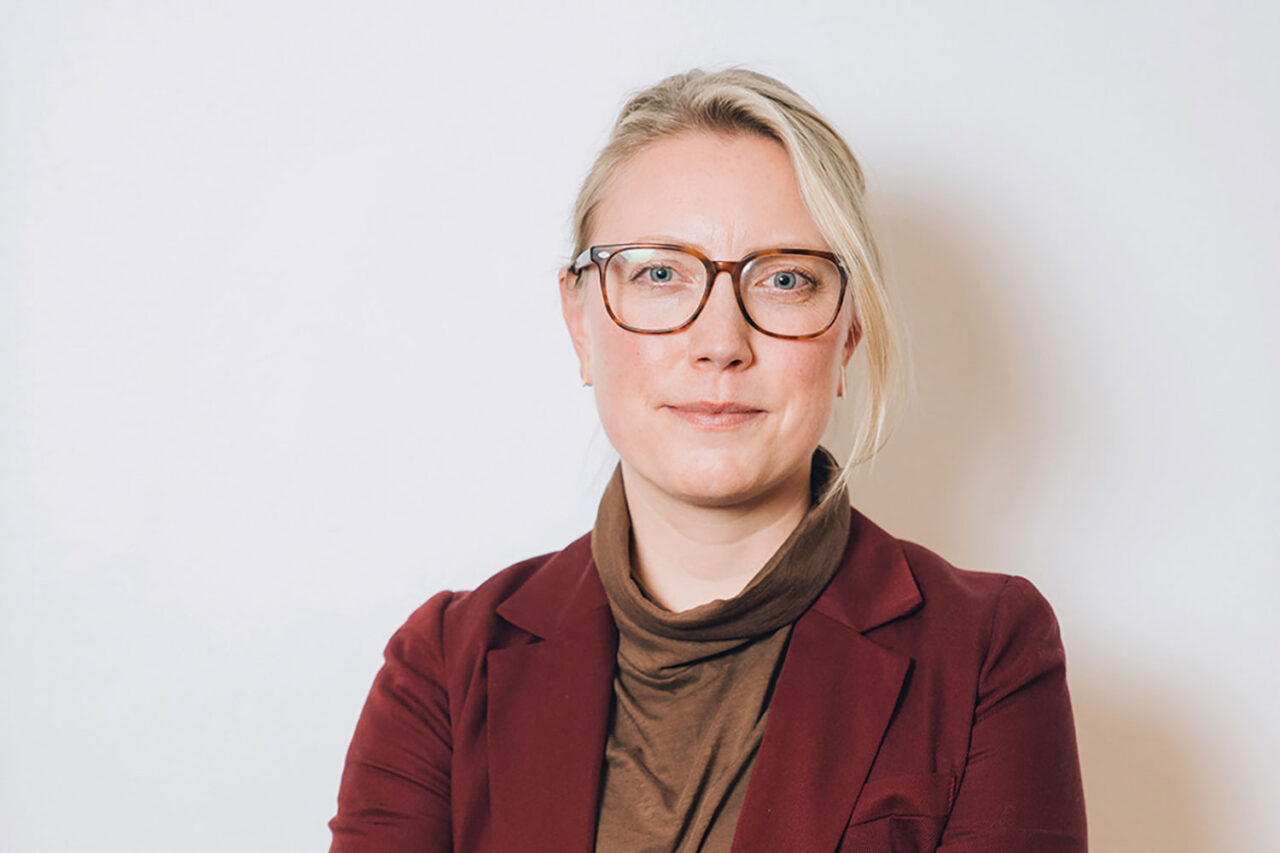
Last year, the American Institute of Architect’s 2022 Firm Survey Report showed that almost half of emerging architecture professionals identify as a member of a racially and/or ethnically diverse demographic group. Those surveyed were in the first 10 years of their work experience, and it is safe to assume that many are less than a decade from their secondary-school experiences. If we look back on our own academic histories, a lot of us can chart a direct path from formative high school years to our current professions. Many can even trace a love of the built environment to early days of roaming a new city on a class field trip, or building with LEGO bricks in elementary or middle school. Tiara Hughes, Assoc. AIA, founder of First 500, an organization that encourages Black women and girls to become licensed architects, once told me she became fascinated by a set of blueprints and first learned the word “architect” in third grade—but it wasn’t until well into her career as an architect that she met another Black woman practitioner. We often see data and hear anecdotes that exposure to opportunities and experiences as children directly inform our adult selves—so, by extension, our schools are not just backdrops for, but also participants in, these formative years.
For that reason, we’ve focused this issue on the research and processes by which schools are being designed and renovated to address the whole student and meet physical, intellectual, social, and community needs. Some of this gets down to the nitty-gritty of educating more than one million public school students in New York City. In this issue’s “Street Level” column, Bill Millard digs into the ambitious plans of the School Construction Authority (SCA) to convert its buildings to electric heating. These plans will result in lower greenhouse gas emissions and seek to address long-standing environmental imbalances in our city. In another feature, Stephen Zacks explores more broadly what the SCA and its architects are doing to keep pace with the city’s burgeoning student population amid the rising cost of building materials, all while anticipating how these schools can best support their students and the broader communities around them.
I got to sit down with Margot Kleinman, AIA, an architect in Gensler’s New York office, to speak about her team’s work researching BIPOC experiences within education, and using it to inform design decisions. At the end of the day, Margot told me, this work isn’t meant to result in best practices or a one-size-fits-all playbook. “It’s really about elevating the voices of the students we’re engag-ing with, and elevating those voices that aren’t typically heard,” she said. “If we ask, ‘What direction should this go?’ we always go back to safety and belonging.” In David Sokol’s “Laboratories for Learning” feature, we see the many different ways that conversations among school administrators, parents, and students can result in new models of experience-based learning—including the recently announced new home for Launch School, a high school campus planned for seven acres of the former Floyd Bennett airfield in Queens, designed by Architecture Research Office (ARO), Colloqate, and SCAPE. There, students will have hands-on learning experiences that prepare them for lifelong work on two of the next generation’s biggest inherited challenges, sustainability and social equity. And in our expanded “Op-Ed” section, we see even more hope that today’s students, who will become tomorrow’s architects and planners, feel the freedom to learn in the ways that suit them best.
Speaking for myself and many other parents, I find it impossible to send my children to school without thinking about their safety. While we do not focus specifically on designing for school safety and security in this issue, this challenge is part of many of these discussions, including remedying environmental inequalities caused by burning fossil fuels in schools, and asking high school students directly what makes them feel safe. While architecture alone cannot make up for the structural disparities and risks that exist in schools, building equitable and inclusive environments that take into account student input (as well as that of teachers and guardians) is not only a way to improve safety, but also communities as a whole. On that note, I hope that everyone with a K-12 student in their lives gets a well-earned break this summer before it is time to tackle another year of school and its many challenges and rewards!
Jennifer Krichels, Editor-in-Chief
editor@aiany.org








